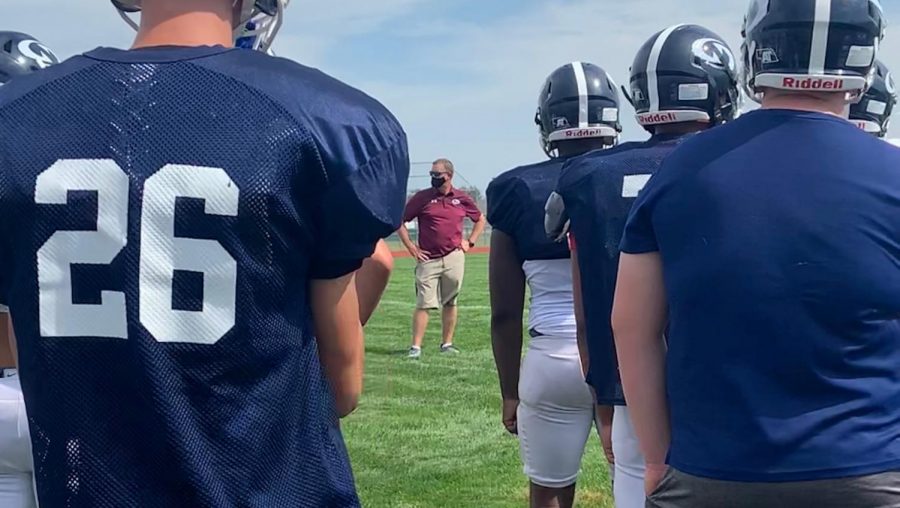By Kyler Johnson/Gator Galaxy Meteorologist
The end of winter is rapidly approaching, March 20 marked the beginning of spring in the United States.
Nebraska is no stranger to severe weather. Last year was quite interesting regardless of where you were in the state. Lincoln saw record rainfall last May, where parts of the city saw over six inches of rain. We also got a taste of extreme weather on May 6, when Lincoln was placed under a tornado warning, and a funnel was reported just northwest of the city.

According to The Storm Prediction Center, on average Nebraska will see around 56 tornadoes a year, with May and June being the months with the highest amount of tornadoes on average. While there were no reported tornadoes in Lancaster County last year, severe weather can strike at just about any minute during the spring and summer. Being prepared is crucial to protect your life and property.
Here are three steps you can take to be prepared:
1. Know The Forecast. While meteorologists can track storm systems over a week ahead of time, the general public will not have access to that information until the actual event gets closer. It’s a good idea to check your local news stations, along with social media, to know how weather will impact you. Also, check those sources frequently so you have the most accurate information.
2. Take Preparedness Actions. If tornadoes or strong thunderstorms are in the forecast, you need to have an emergency kit ready full of basic medical supplies, any medication, extra clothes, flashlights, batteries, water, a hand-powered radio, along with any other valuables and important documents.
3. Spread The Word. Yes, it’s good that you’re prepared for severe weather, but are other family members or friends prepared? Encourage your friends and family to prepare for severe weather. You can help by sharing forecasts and providing any tips that you’ve learned.
Weather can be confusing.There are so many different terms that are used by meteorologists and newscasters, it may be hard to understand. Knowing some of these terms is great, so you can understand the forecast from top to bottom.
A tornado watch means conditions are favorable for the development of severe weather, including tornadoes.
A tornado warning means a severe thunderstorm capable of producing a tornado is imminent or occurring. You need to seek shelter immediately when this is issued.
A tornado emergency is typically issued when a large-violent tornado has been reported and is expected to cause widespread significant damage in a populated area. People must be underground or in a substantial shelter to be protected.
A severe thunderstorm watch means conditions are favorable for the development of severe thunderstorms that could produce large hail and damaging winds, and even an isolated tornado.
A severe thunderstorm warning means severe weather is imminent or occurring, which could range anywhere from large hail to damaging winds or a combination of both. It’s a good idea to take cover as hail or wind debris can shatter windows or cause other damage.

One last major thing that can cause confusion are the different thunderstorm threat categories.
Marginal Risk means isolated severe thunderstorms are possible, however the storms will be relatively weak and won’t last long. There could be wind gusts between 40 mph and 60 mph along with quarter size hail. There is a very low tornado risk.
Slight Risk means scattered severe thunderstorms are possible. The storms will be short-lived, however there could be an isolated intense storm. There could be damaging winds and some large hail along with the possibility of a tornado or two.
Enhanced Risk means numerous severe thunderstorms are possible. The storms will be more persistent with a few intense thunderstorms. Damaging winds and damaging hail up to two inches or more in diameter is possible. A few tornadoes are not out of the question, perhaps one strong tornado.
Moderate Risk means widespread severe thunderstorms are likely. The storms will be long-lived, widespread, and intense. Strong and violent tornadoes are expected, along with widespread damaging winds and destructive hail over two inches in diameter.
Finally, High Risk means widespread severe thunderstorms are expected. The storms will be long-lived, widespread, and particularly intense. Either a tornado outbreak or derecho event is expected.
Being educated and prepared regarding severe weather is how Nebraskans can stay safe.















